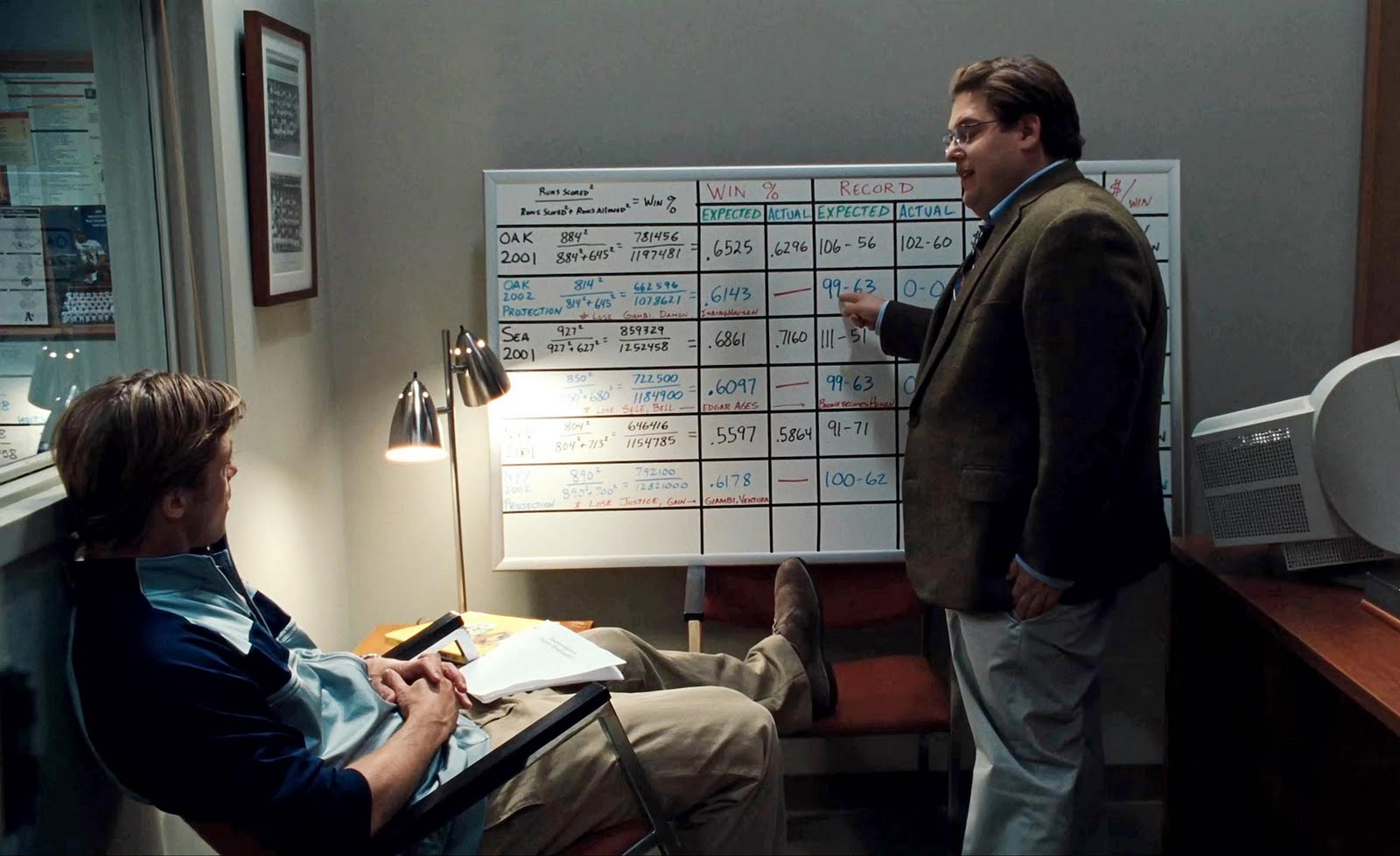Baseball
Related: About this forumWhat's a good way to learn Sabremetrics?
The Bill James book seems obvious, but isn't it more of a fact book, as opposed to laying out how the stats are calculated and function?
Jim__
(14,448 posts)Here ( https://en.wikipedia.org/wiki/Sabermetrics ) - an excerpt:
<excerpt>
The traditional measure of batting performance is considered to be the batting average. To calculate the batting average, the number of base hits was divided by the total number of at-bats.[12] Bill James, along with other fathers of sabermetrics, proved this measure to be flawed as it ignores any other way a batter can reach base besides a hit.[13] This led to the creation of the On-base percentage, which takes walks and hit-by-pitches into consideration. To calculate the On-Base percentage, the total number of hits + bases on balls + hit by pitch are divided by plate appearances.[12]
Another flaw with the traditional measure of the batting average is that it will not take doubles, triples, and home runs into consideration and will give each hit the same value.[13] Thus, a measure that will distinguish between these different hit outcomes, the slugging percentage, was created. To calculate the slugging percentage, the total number of bases of all hits is divided by the total numbers of time at bat. Stephen Jay Gould proposed that the disappearance of .400 batting average is actually a sign of general improvement in batting.[14][15] This is because, in the modern era, players are becoming more focused on hitting for power than for average.[15] Therefore, it has become more valuable to compare players using the slugging percentage and on-base percentage over the batting average.[14]
These two improved sabermetric measures are important skills to measure in a batter and have been combined to create the modern statistic OPS. On-base plus slugging is the sum of the on-base percentage and the slugging percentage. This modern statistic has become useful in comparing players and is a powerful method of predicting runs scored from a certain player.[16]
Some of the other statistics that sabermetricians use to evaluate batting performance are weighted on-base average, secondary average, runs created, and equivalent average.
</excerpt>
Brother Buzz
(37,739 posts)Peter Brand: It's about getting things down to one number. Using the stats the way we read them, we'll find value in players that no one else can see. People are overlooked for a variety of biased reasons and perceived flaws. Age, appearance, personality. Bill James and mathematics cut straight through that. Billy, of the 20,000 notable players for us to consider, I believe that there is a championship team of twenty-five people that we can afford, because everyone else in baseball undervalues them.
Billy Beane: Where you from, Pete?
Peter Brand: Maryland.
Billy Beane: Where'd you go to school?
Peter Brand: Yale. I went to Yale.
Billy Beane: What'd you study?
Peter Brand: Economics. I studied economics.
Billy Beane: Yale, economics, and baseball. You're funny, Pete.
